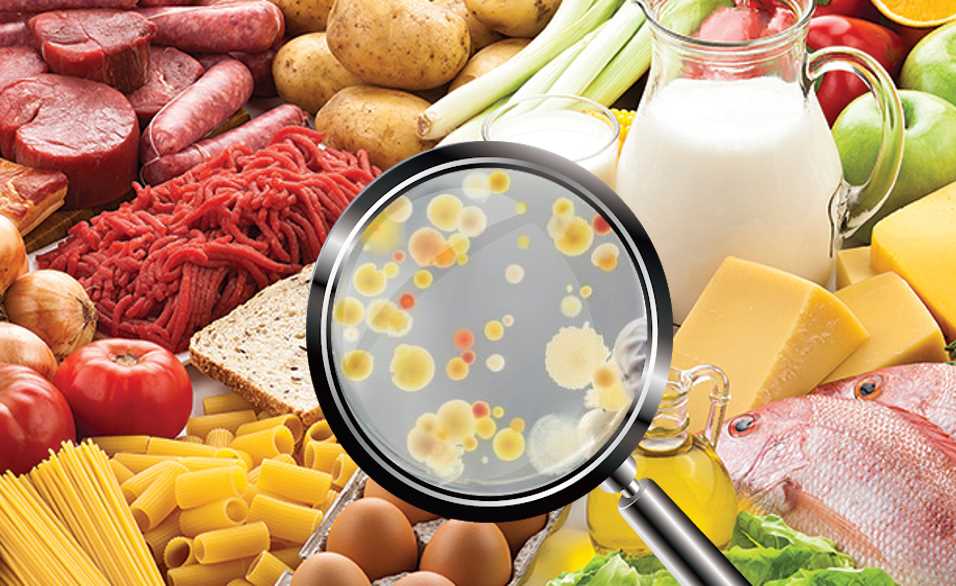Artificial intelligence (AI) tools are being utilized by researchers to address the issue of food spoilage and rancidity more accurately and efficiently. A group of chemists recently conducted a study that highlights the advantages of using AI tools to extend the freshness of oil and fat samples, which are commonly found in various food products. The study, published in the Journal of Agricultural and Food Chemistry, implies that the findings could have a broad impact on other industries such as cosmetics and pharmaceuticals.
Food spoilage occurs when it is exposed to the air for an extended period, a process known as oxidation. Fats and oils, particularly lipids, are highly reactive with oxygen and can accelerate the oxidation process under the presence of heat or UV light. Subsequently, this leads to the formation of smaller molecules, such as ketones, aldehydes, and fatty acids, which contribute to the unpleasant smell and taste of rancid foods. Regular consumption of rancid food can also pose health risks.
Fortunately, antioxidants serve as a protection against rancidity in both natural and synthetic forms. Vitamin C and other types of antioxidants can neutralize the processes that cause rancidity, thus preserving the flavors and nutritional value of food for a longer period. However, the selection and calculation of the appropriate combination and quantity of antioxidants require extensive experimentation and specialized personnel, increasing the overall cost.
This is where AI tools become valuable. AI systems can analyze large volumes of data, recognize patterns, and generate outputs that are beneficial to users. The researchers aimed to teach an AI tool to identify new combinations of antioxidants. They utilized a specific type of AI capable of processing textual representations, which describe the molecular structure of each antioxidant. Initially, the AI was taught basic chemistry concepts and chemical reaction patterns by analyzing a list of approximately one million chemical reactions. Then, the researchers fine-tuned the AI with a database of nearly 1,100 mixtures described in previous research literature.
The AI was able to predict the effect of combining two or three antioxidants in under a second, aligning with the literature 90% of the time. However, the predictions did not entirely match the results of the lab experiments performed by the researchers. To improve the accuracy, the AI model was refined by incorporating new data, making it a dynamic learner. By adding around 200 examples from the lab, the AI was able to predict the outcomes of the experiments accurately. It became evident that the more data the model receives, the more accurate its predictions.
The researchers believe that their AI model could assist scientists in developing better preservation methods by identifying the best antioxidant combinations for specific food products. This AI assistant could streamline the process of combating food spoilage and rancidity, ultimately benefiting the food industry and related sectors. The team is currently exploring ways to train and enhance the AI model further, with the goal of improving its predictive capabilities.
*Note:
1. Source: Coherent Market Insights, Public sources, Desk research
2. We have leveraged AI tools to mine information and compile it




